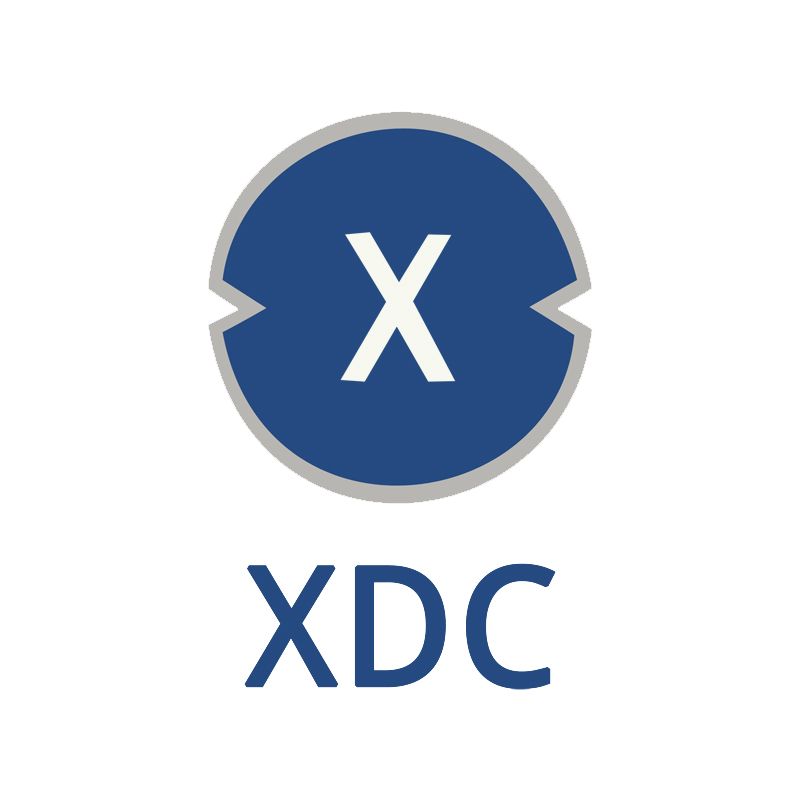1,534 reads
Forensics Monitoring Is Blockchain’s New Sheriff
by
October 16th, 2021

XDC Network is an enterprise-ready, open-source, blockchain protocol specializing in RWA tokenization, DePIN, TradeFi.
About Author
XDC Network is an enterprise-ready, open-source, blockchain protocol specializing in RWA tokenization, DePIN, TradeFi.